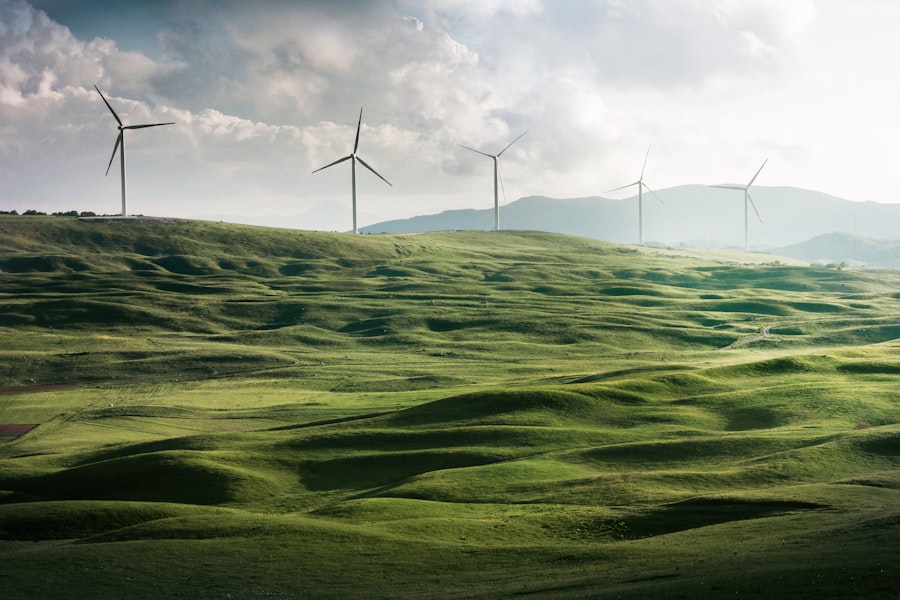
EU Adopts Carbon Tax at Borders to Make Imports Greener
The European Parliament and the EU Member States announced on Tuesday morning that they have adopted an unprecedented mechanism to make European imports greener by charging for carbon emissions related to their production. Commonly known as a ‚carbon tax at the borders‘, this scheme will subject imports in several sectors (steel, aluminium, cement, fertilizers, electricity and hydrogen) to EU environmental standards. The ‚Carbon Border Adjustment Mechanism‘ is a complex process that will require companies importing goods from outside of the EU to pay for the material, greenhouse gas emissions and electricity needed for its production. The aim is to encourage European companies to switch to more environmentally-friendly imports within the EU. Negotiations are taking place this week regarding the elimination of free emission quotas which has divided opinion within the EU. The European Parliament wants these quotas phased out by 2027 while some Member States fear that businesses may leave their territories without them.
How the Carbon Border Adjustment Mechanism Works
The Carbon Border Adjustment Mechanism (CBAM) is a policy tool designed to ensure that countries are held accountable for their carbon emissions. It works by placing a fee on imported goods based on their carbon intensity, meaning that products with higher carbon footprints will be more expensive to import. This encourages countries to reduce their own emissions and incentivizes them to purchase lower-carbon goods from abroad. CBAM also serves as a revenue source for governments, which can then use the funds to finance green infrastructure projects or other climate-related initiatives.You might also like this article: AgTech startup investor from East Lansing: Red Cedar Ventures. Picture source: Appolinary Kalashnikova